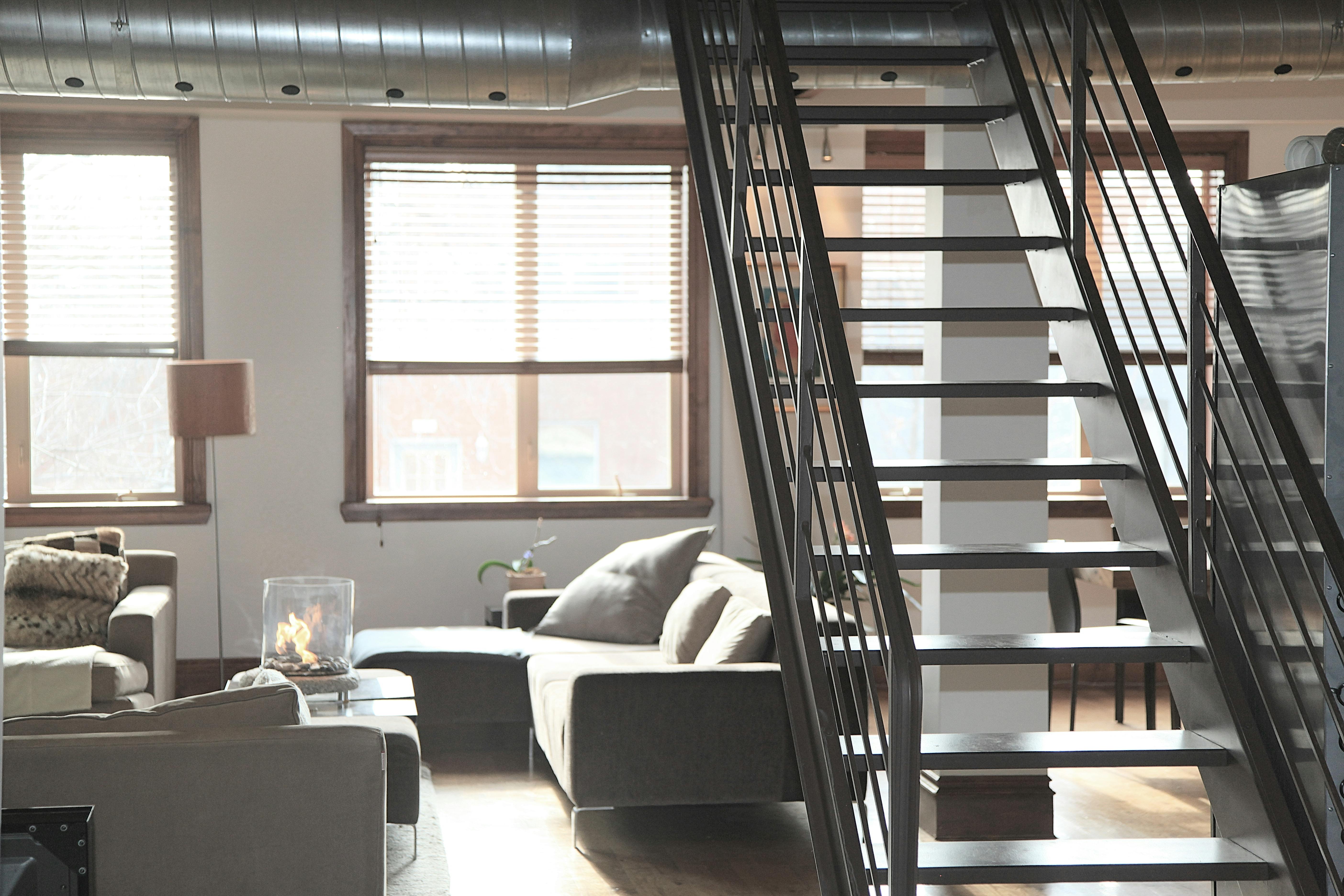Shaping the Future: The Role of Industrial Design in Business Growth
In an increasingly competitive business landscape, industrial design has emerged as a strategic tool for driving business growth. This article delves into the role of industrial design in shaping the future of businesses, its impact on industrial operations, and how it can be leveraged for sustainable growth.

The Emergence of Industrial Design
Industrial design has its roots in the industrial revolution, where the focus was on mass production and functional efficiency. Over the years, it has evolved to incorporate aesthetics, ergonomics, and user experience. Today, industrial design is not just about creating products; it’s about designing solutions that meet customer needs, enhance brand value, and drive business growth.
The Role of Industrial Design in Business
Industrial design plays a critical role in business in several ways. It helps businesses differentiate their products, enhance customer experience, and create a strong brand identity. By focusing on user needs and preferences, industrial design can lead to innovative products that command a premium in the market, thereby boosting profitability.
Impact on Industrial Operations
Industrial design also has a significant impact on industrial operations. It can lead to more efficient production processes, reduced waste, and improved product quality. By integrating design thinking into operations, businesses can foster a culture of innovation and continuous improvement.
Challenges and Opportunities
Despite its benefits, integrating industrial design into business strategy comes with its challenges. It requires a shift in mindset, investment in design capabilities, and a willingness to take risks. However, the potential rewards are significant. Businesses that successfully leverage industrial design can gain a competitive edge, drive customer loyalty, and achieve sustainable growth.
Practical Insights
- Invest in design capabilities: Building a strong design team and investing in design tools and technologies can help businesses leverage the power of industrial design.
- Foster a culture of innovation: Encouraging creativity and risk-taking can foster a culture of innovation, which is critical for successful industrial design.
- Focus on the user: Understanding user needs and preferences is key to creating successful designs. Businesses should invest in user research and incorporate user feedback into the design process.
Conclusion
Industrial design is no longer just about creating aesthetically pleasing products; it’s about designing solutions that meet customer needs, enhance brand value, and drive business growth. By integrating industrial design into their strategy, businesses can differentiate themselves in the market, enhance customer experience, and achieve sustainable growth. The future of business growth lies in the strategic use of industrial design.





